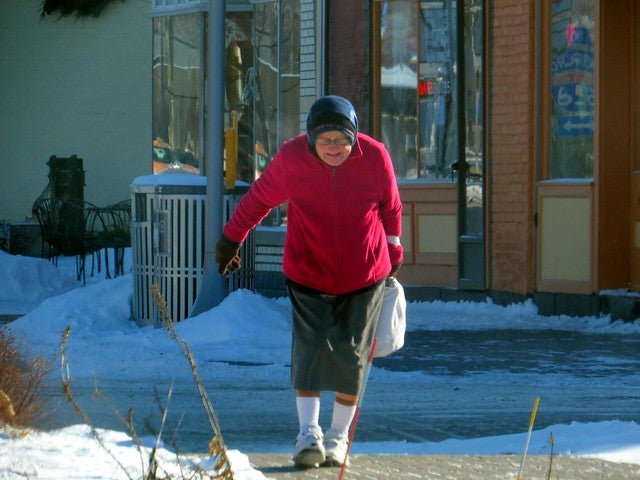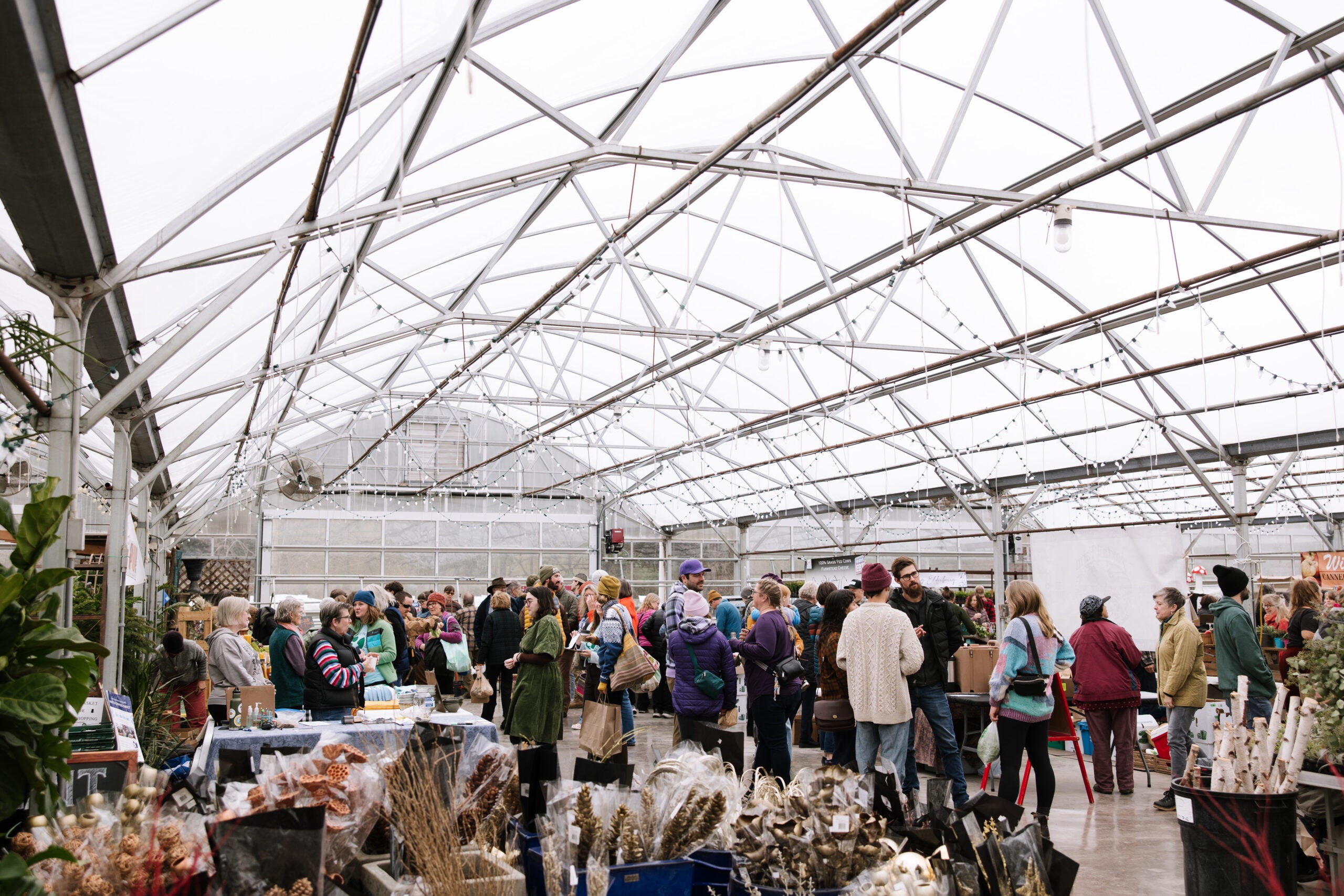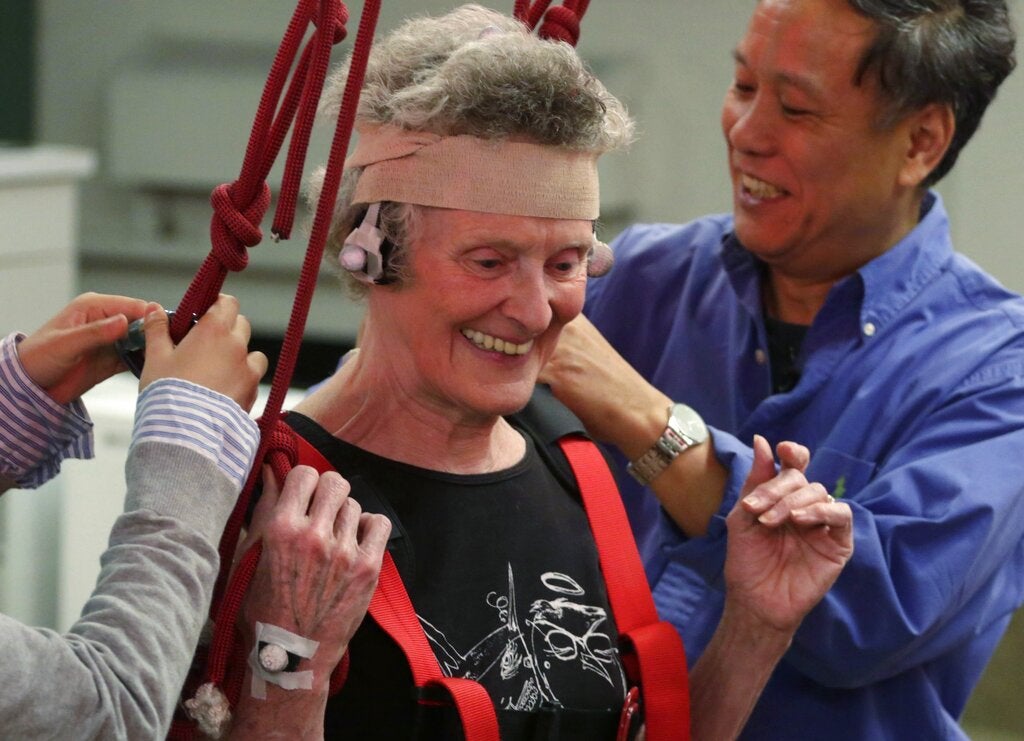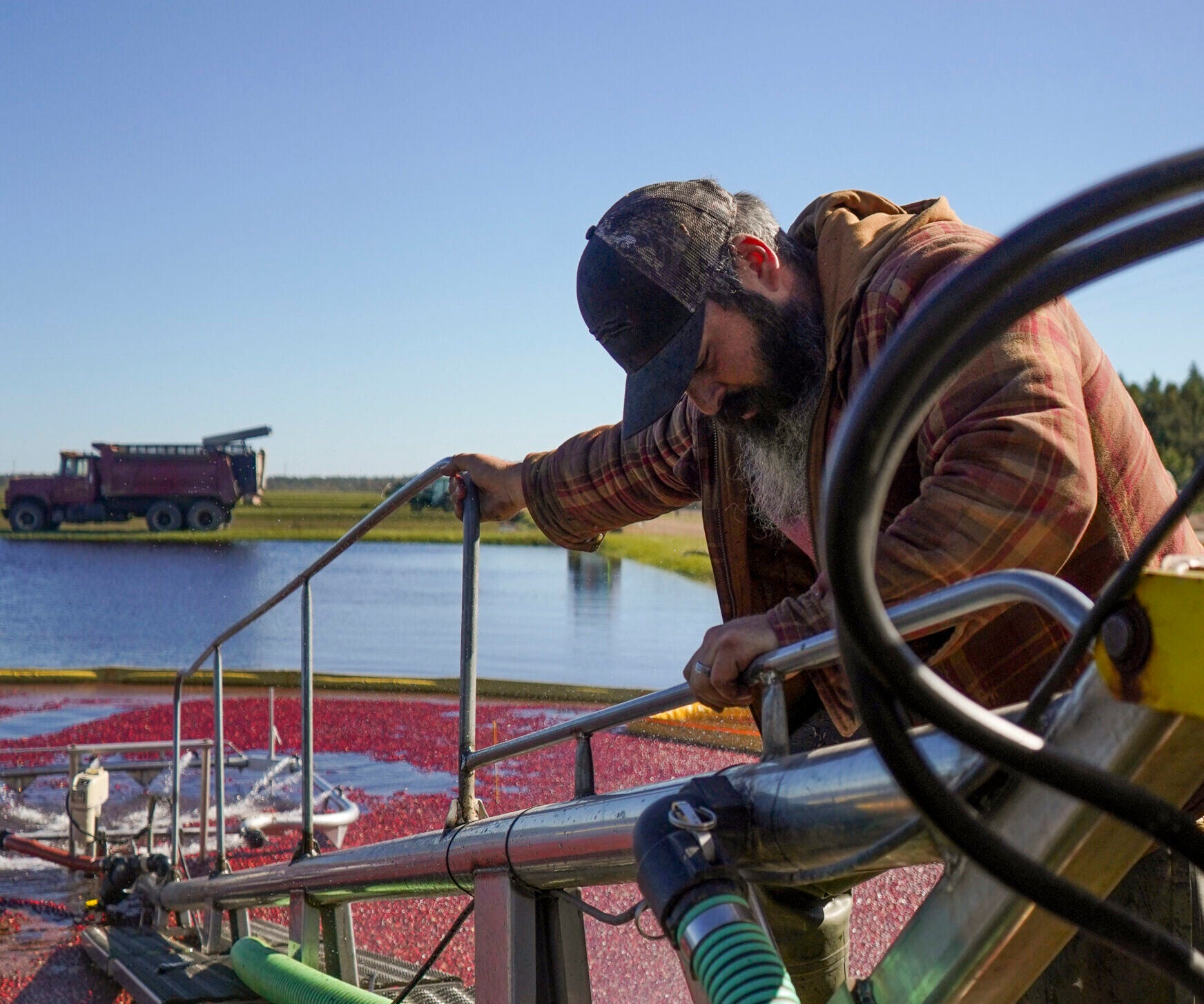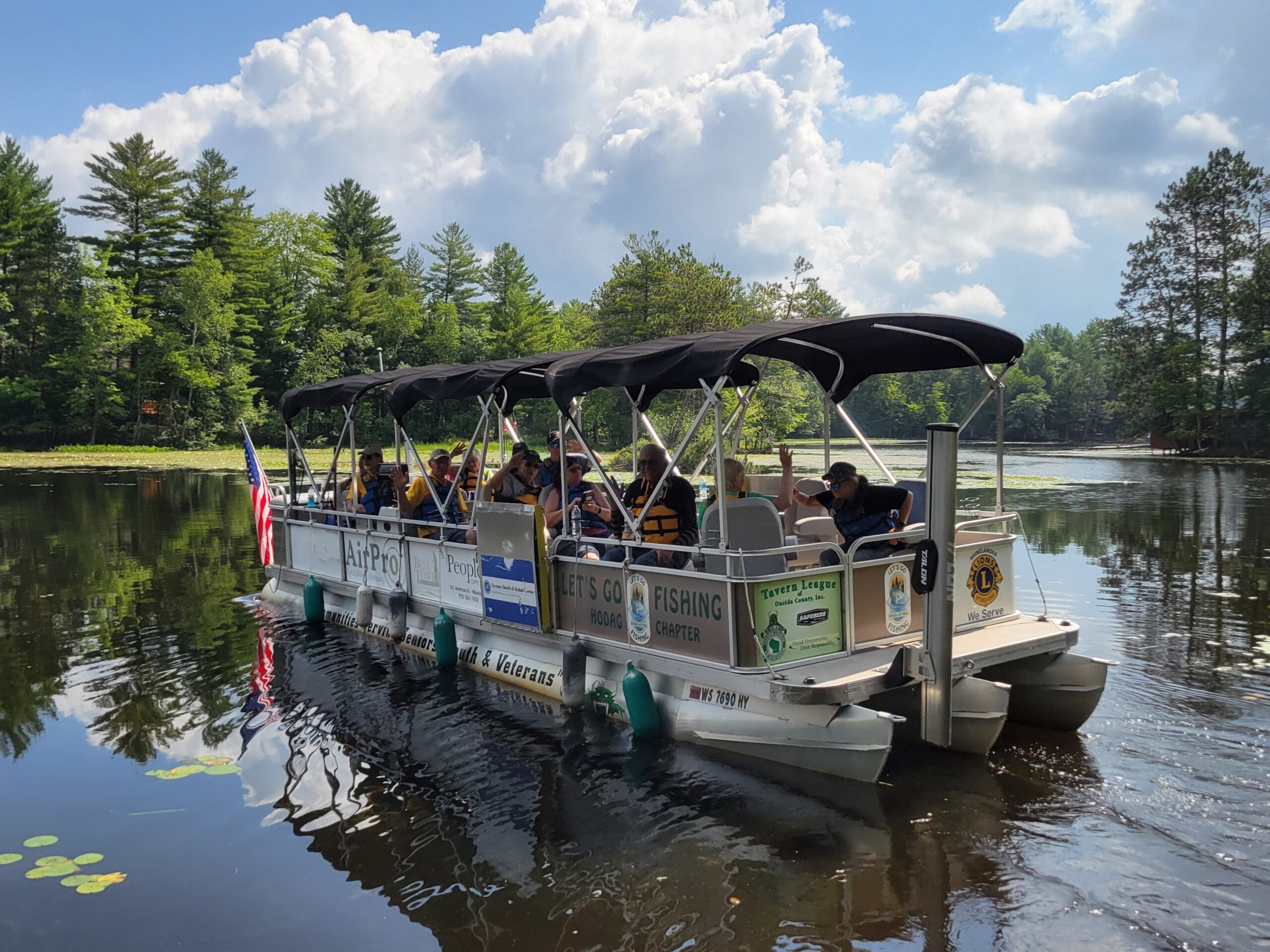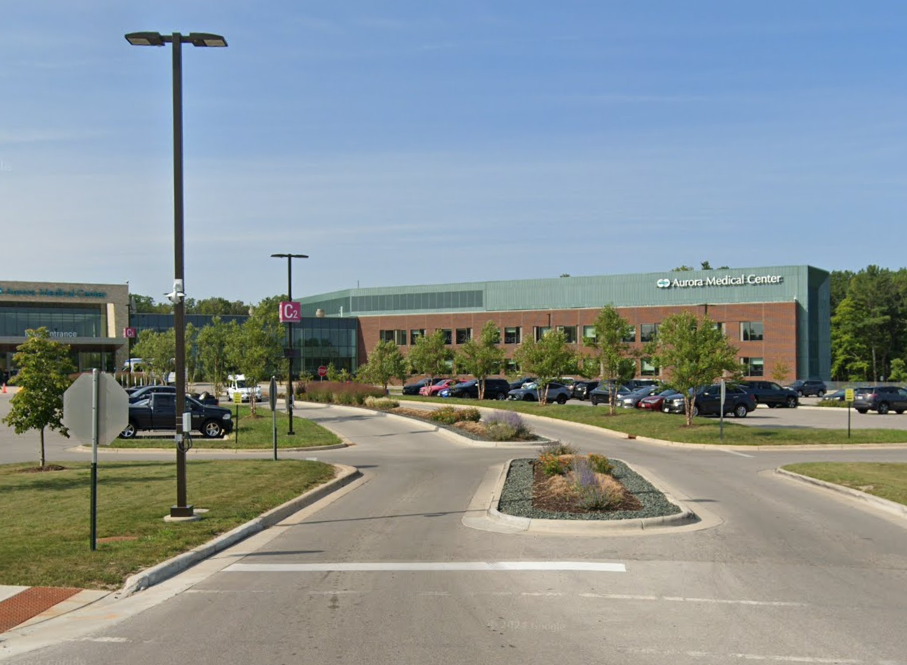The winter is isolating for the elderly, especially in northern parts of the state with longer winters and older populations. Elderly service centers in rural parts of northern Wisconsin see a surge of referrals after the holidays from families looking to connect their loved ones to caregivers, transportation or food delivery programs.
Susan Richmond, director at the Aging and Disability Resource Center of Vilas County, said in her area, oftentimes older people are left alone when their children move away.
“They experience that isolation and a lot of times depression. It’s not just feeling blue,” Richmond said.
News with a little more humanity
WPR’s “Wisconsin Today” newsletter keeps you connected to the state you love without feeling overwhelmed. No paywall. No agenda. No corporate filter.
According to a 2023 study on loneliness across the country by the U.S. Surgeon General, feelings of loneliness and isolation have been increasing for decades.
The highest rates of social isolation are found among older adults. Rural residents are another at-risk group.
According to the Wisconsin Department of Administration, by 2025, nine counties are expected to have populations where more than 41 percent of their residents are over 60 years old.
The populations of Marquette, Adams, Door, Florence, Price, Vilas, Iron, Bayfield and Burrnett counties continue to age at the highest rates.
Officials who work with older populations in those rural counties said severe weather, colder temperatures and less sunlight can exacerbate feelings of loneliness.
Officials say isolation peaks during winter months
Debra Kronberger-Oswald is the aging and disability supervisor overseeing Price, Ashland, Bayfield, Sawyer and Iron counties. She said older people who are estranged from their families, have outlived their children or live far from neighbors are isolated.
Isolation is a major factor in people’s health failing, Kronberger-Oswald added.
Preexisting isolation becomes more prominent in the winter months. Snow, especially in northern counties, can make seniors homebound, according to Maureen Nellis, a registered nurse who works in an outpatient mental health program for senior citizens in Door County.
Nellis said patients don’t feel safe or comfortable driving in the snow, which can cut them off from their normal activities. There are transportation services to help, but simply offering them isn’t enough.
“A lot of times, it seems like people even struggle to ask for that help with the transportation issue when they’re isolated,” Nellis said.
Richmond said a lack of vitamin D can make a difference in someone’s mood. She said Vilas County can go days without sunlight.
“You can just feel the difference in the calls that we take. People are more anxious and they’re more crabby and they’re less patient. But when the sun is shining, it seems to just pick people up a little bit more,” Richmond said.
She said older people are also afraid of getting sick or slipping on ice and sustaining an injury.
“Since COVID, we have also seen that there are quite a few seniors that are afraid of getting sick because that will take them out of the picture,” Richmond said. “They can’t recover as quickly when they get sick.”
The health effects of isolation ‘can be actually deadly’
Loneliness and social isolation increase the risk of premature death, heart disease, stroke, anxiety, depression and dementia, according to data cited in the surgeon general’s report.
Kronberger-Oswald said there may not be people to drive them to the doctor or to identify deteriorating health.
“People who are isolated, it can be actually deadly,” Kronberger-Oswald said. “There’s just nobody to rely on when things go wrong.”
Nellis said mental health problems snowball into physical ones.
“Once people are depressed, they stop taking care of themselves. So they’re not eating, they’re not moving, they’re not exercising. Their sleep is disrupted,” Nellis said.
The report also concluded social isolation among older adults accounts for an estimated $6.7 billion in excess Medicare spending annually, largely due to increased hospital and nursing facility spending.
“If you treat the mental health challenges that the geriatric aging population has, their visits to the physician decrease, their pain becomes better controlled,” Nellis said.
Families can help loved ones stay healthy
Officials said isolation and consequential self-neglect come to light when families visit for the holidays.
“They notice that there’s more food in the refrigerator that’s not being eaten. Or their clothes are a little bit more dirty. They’re not as clean as they used to be,” Richmond said.
Richmond said behavior is another thing to monitor.
“If they’re asking questions over and over again, the same question over and over, that could be a sign of some memory loss,” Richmond said.
Nellis said it’s important to regularly call loved ones, set them up with activities and arrange transportation and meal delivery.
“As we age, we just encounter more and more major life changes,” she said. “All of those changes … can be very difficult to process. And that can lead to intense feelings of sadness, guilt, hopelessness, worthlessness.”
Wisconsin Public Radio, © Copyright 2025, Board of Regents of the University of Wisconsin System and Wisconsin Educational Communications Board.

